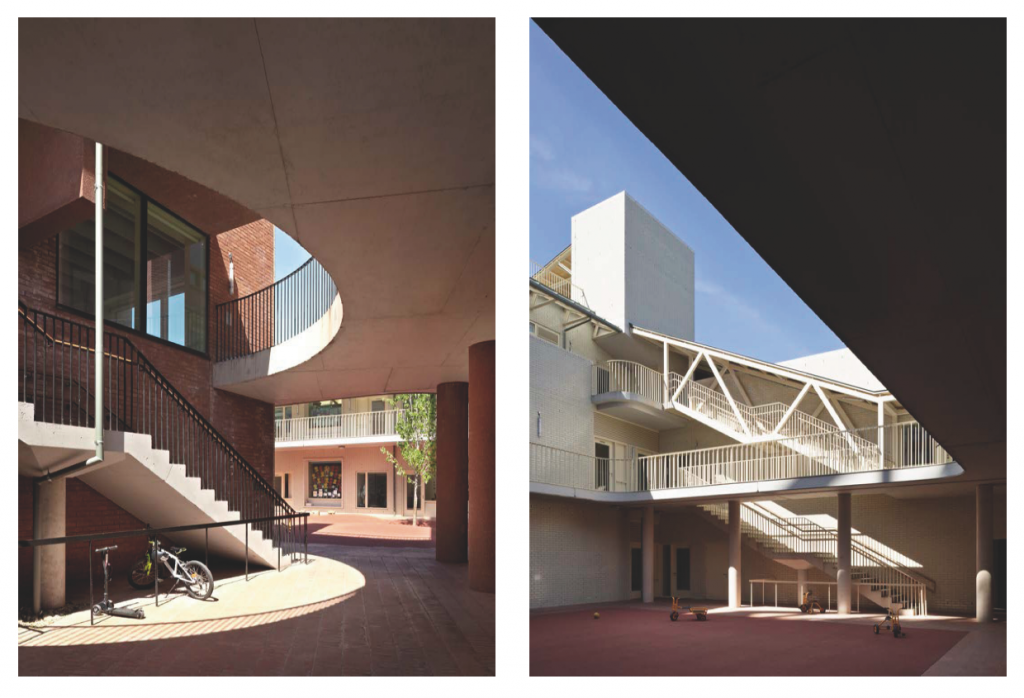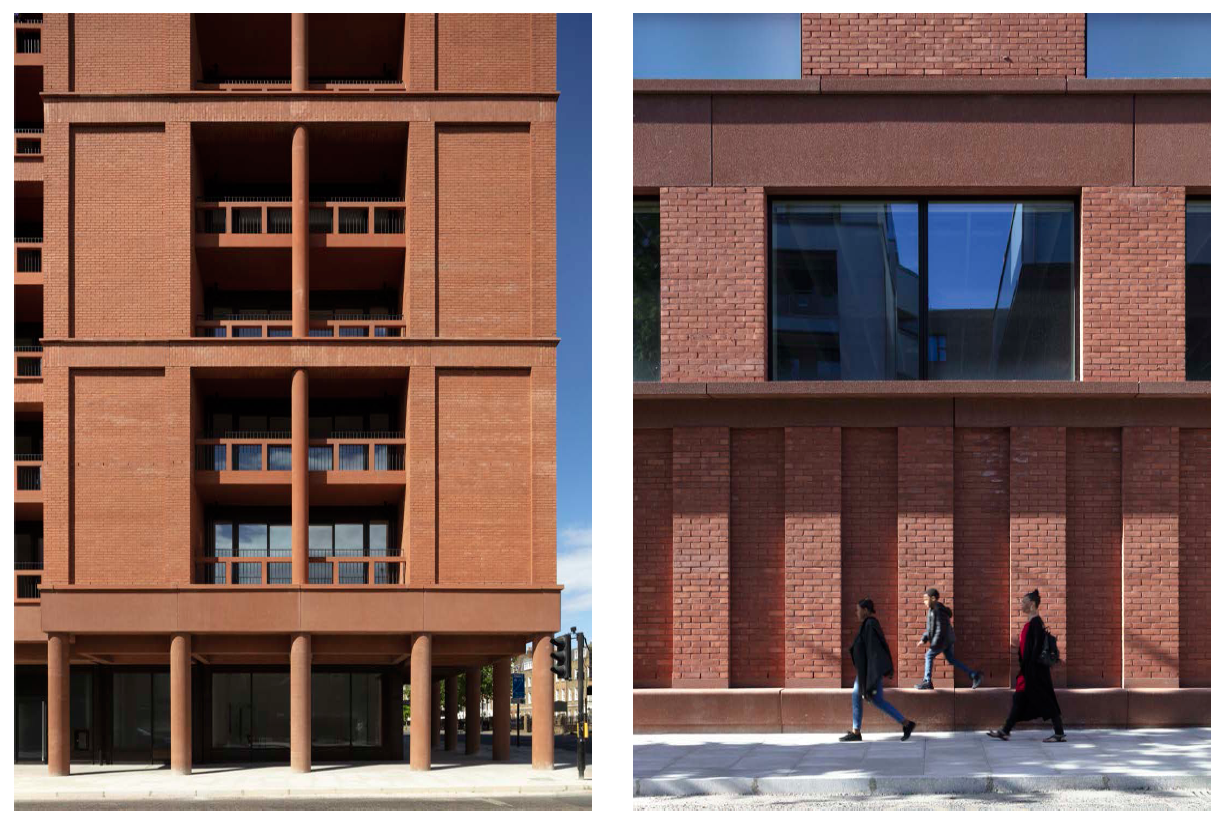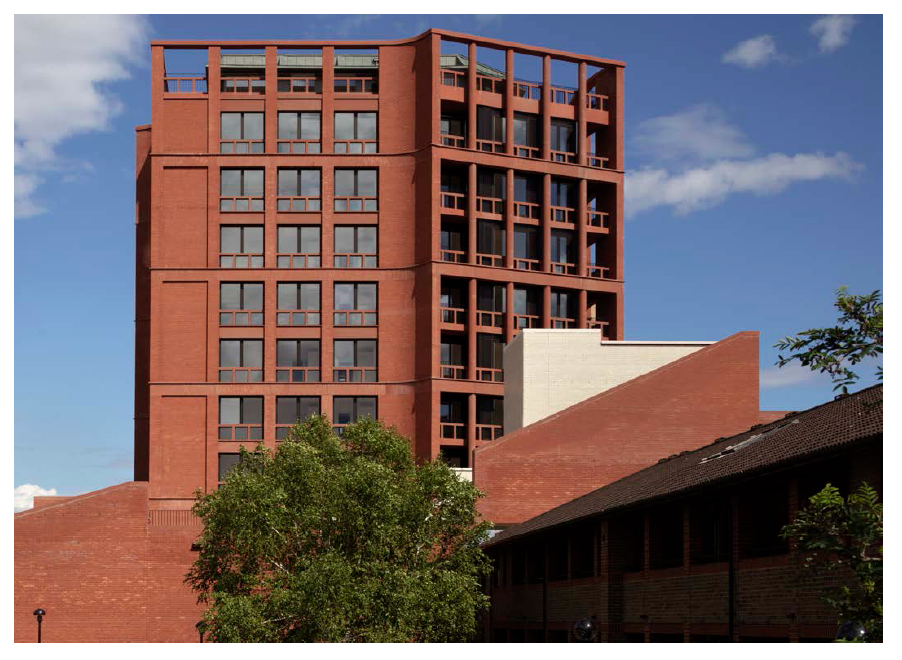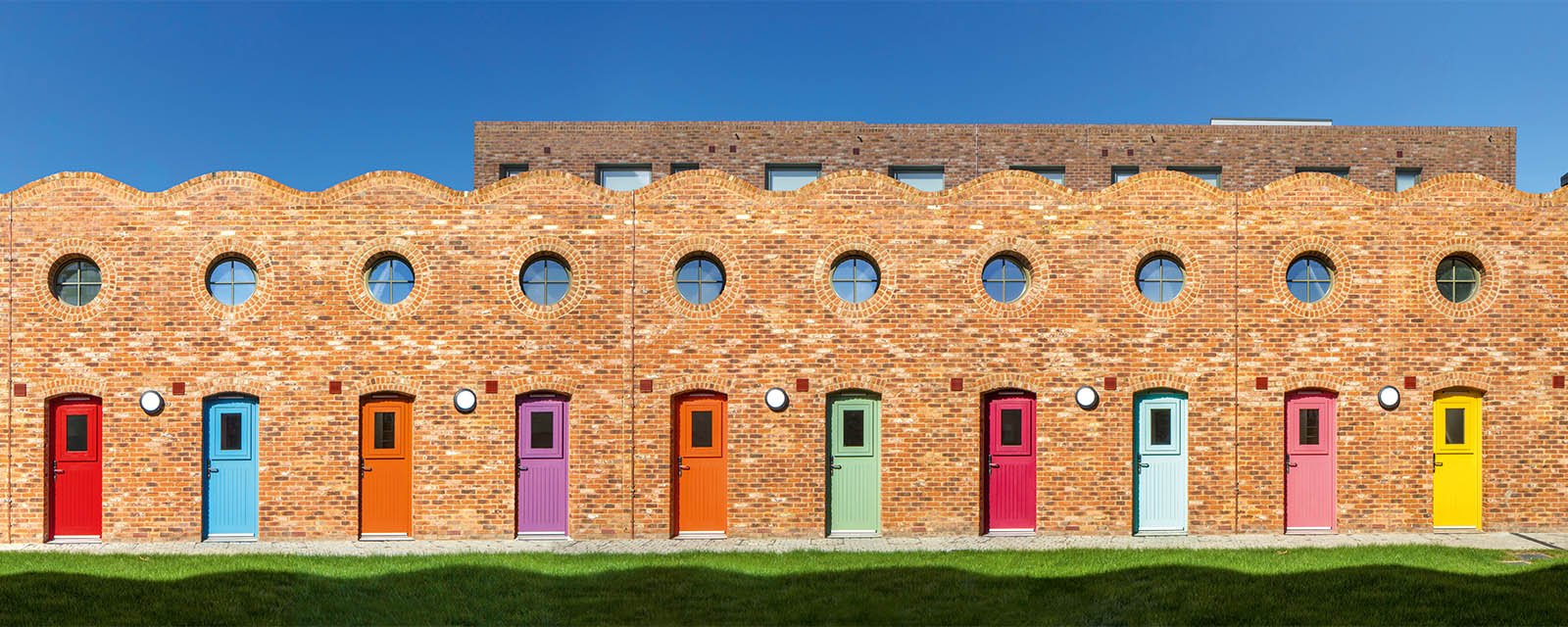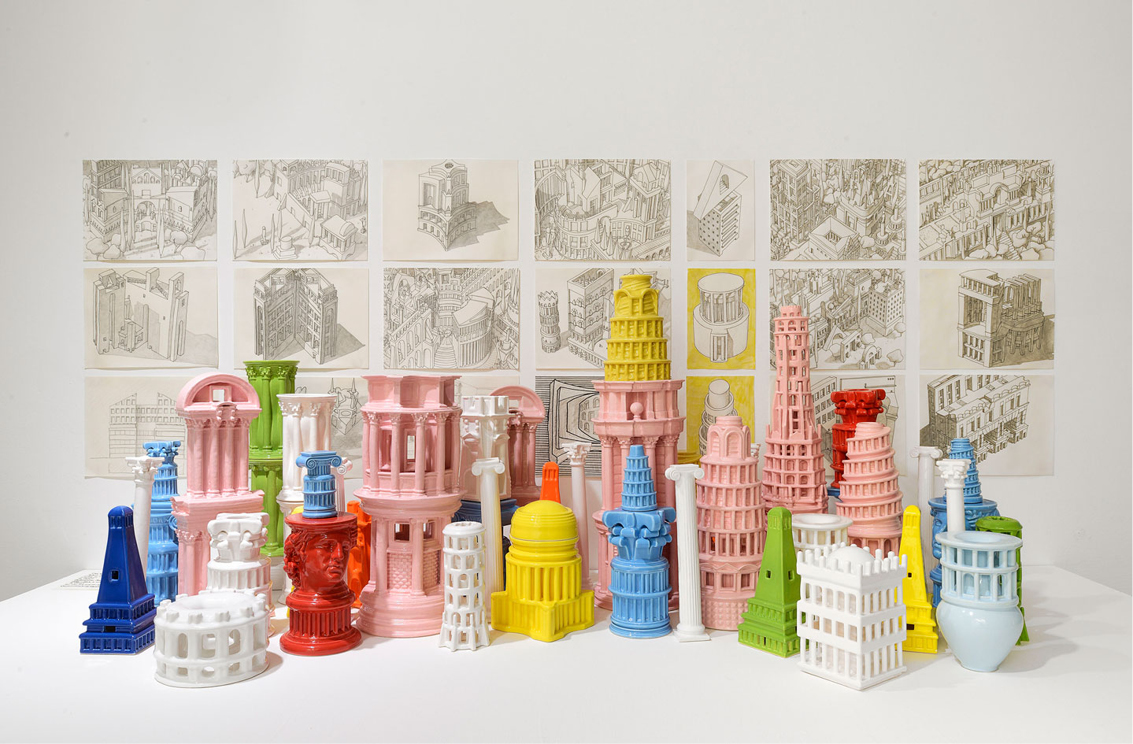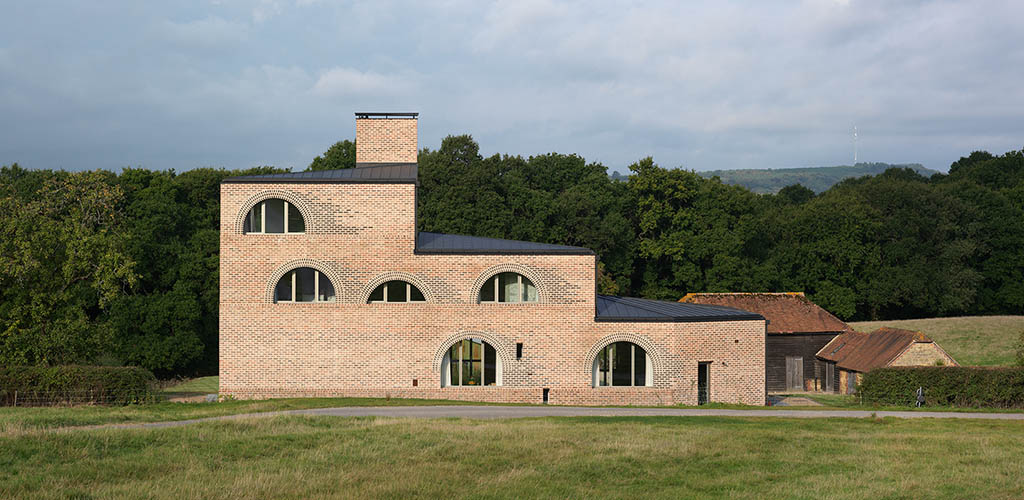Post-pandemic London by Simon Henley
As cofounder of studio Henley Halebrown in 1995 (laureate of 8 RIBA awards) and author or the Beyond London column for Archdaily, Simon Henley share with AA his thoughts about London’s days to come. “We have been reminded by Covid that we are much more than consumers.”
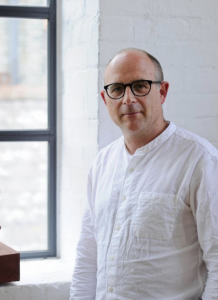 “A new reality has emerged. Our cities are quiet and Central London has lost its gravitational pull. All of a sudden, a city is no more important than a town. What matters is where people live.
“A new reality has emerged. Our cities are quiet and Central London has lost its gravitational pull. All of a sudden, a city is no more important than a town. What matters is where people live.
Around our homes which have become our newfound places of work, unprecedented social networks have flourished. This has led to a growing localism. People greeting their neighbours and delivering food to those in need. Residents sharing resources and pooling childcare duties. Communal solidarity has never been stronger. We live in a present past and a potential future. For all the good will, much of the city is a foreign place. Streets are empty canyons, the city a landscape like any other. Its scale and emptiness reminiscent of the Hudson River school paintings of the wild and yet-to-be settled American landscape. How might we resettle our once familiar urban landscape?
We have been reminded by Covid that we are much more than consumers. We can produce – bake and sing. Many people have turned to their gardens and their allotments. Our world has shrunk. Not so good for an individual living in a small flat with no outside space. In this respect the city doesn’t work. The dense and increasingly high-rise environment, the loneliness and solitude.
Projects like Frank Lloyd Wright’s Broadacre City and Atelier 5’s Siedlung Halen housing in a wood in Switzerland both challenge the hegemony of the city. Contemporary London is less attractive right now than the countryside. Until now the model for sustainability has been to live in a city close to work, public services and the shops and restaurants where we consume. But it is a compromise designed to promulgate the consumer society.
Perhaps it is time to make a shift to the producer society in which we each calculate our own sustainability. So we begin to account for the things we make and share, and those that we consume. Rather than ask a nation to reduce its C02 emissions we ask the individual. The architecture and urbanism of sustainability assumes an amoral population. Not moral or immoral. Just disinterested. Not responsible. We must harness everybody’s newfound interest in outdoor life. Recent research undertaken by the Medical School at Exeter University demonstrates that people who experience nature are more sustainable. Consciousness leads to conscience.
London must change. Ideas that seem marginal must become mainstream. Covid has proven that we don’t all need to gravitate to the office on a daily basis. We can work from home. The workforce can be distributed throughout the country. Of course we do still need to congregate. Organisations need to absorb new blood. It’s hard to imagine that happening remotely. From time to time we do need to be in the same place. Medieval societies that were distributed throughout the land came together for festivals and carnivals.
If the contagion remains a problem then there are radical implications for the city. We will no longer be able to pack on to buses and trains and a socially distanced public transport system would be far more expensive. Instead of hiring bikes and e-scooters the state could fund universal ownership, triggering a revolution in solo active transportation and public health not seen since Bazelgette constructed London’s sewers in the 1850s [1]. Public transport becomes “assisted transport” serving the less able. Add to this stricter policies on deliveries and this newly reprogrammed public realm would be unrecognisable. With less noise and pollution, the city is repopulated by wildlife. Roads become pavements, and pavements becomes the terraces for cafes, pubs and restaurants.
The high-rise also presents a problem – how do we social distance in a lift? As are sealed buildings which recycle their air. We need to live and work closer to the ground in buildings that don’t rely on technology. Hausmann’s Nineteenth Century 7-storey city is a good model.
Facades will once again need to “work”, filling interiors with natural light and fresh air. These liminal spaces become spaces to inhabit, to meet and talk. The corridor is replaced by the arcade or loggia. We could stay outside until we reach the space where we work, the front door to our apartment and classroom in our school. The shift from internal “corridor” to external “gallery” means buildings become much more efficient. Footprints shrink, volumes reduce in height, streets, courtyards and gardens get wider. That in turn shortens shadows cast by buildings and widens the thoroughfares.
In the last three months London has lost weight. Its clothes are loose. They are too big but at the same time perhaps not big enough. Our buildings and mass transit have been designed for a different pre-covid ergonomic. The space standards have changed. But the economic model remains the same, it can’t. “Lockdown” has shown us the virtues of the polycentric city, and a polycentric nation, where the places we live, work and learn are distributed more evenly, where we might consume less, produce more, and share and care for those around us. The politicians and their economic advisers will have to respond and find their new normal.”
—
Simon Henley
—
[1] https://www.archdaily.com/409556/why-cycle-cities-are-the-future
—
Henley Halebrown has just completed a new school project in North London. “It is unusual as it’s a hybrid educational project made possible by the building of adjacent housing on what is a tight urban site. The result is a cloistered courtyard school next to a point block with 68 apartments.”
